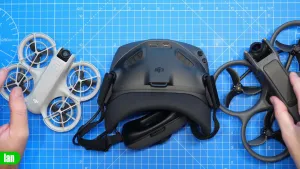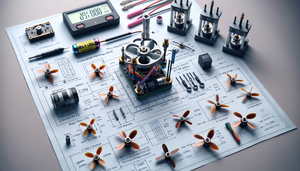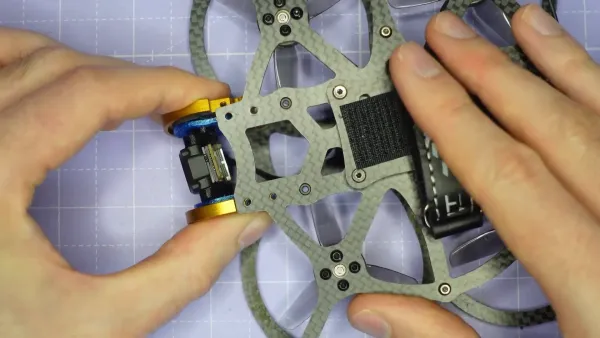Painless360 dives into the nitty-gritty of compass setup for Ardupilot systems, sharing invaluable insights to help enthusiasts avoid the dreaded 'toilet bowling' phenomenon. This guide is essential for anyone looking to ensure their drone or UAV operates with precision and reliability.
Understanding the Importance of Compass Calibration
At the heart of Painless360's discussion is the significance of having a properly calibrated compass, especially when setting up an Ardupilot model. He emphasizes that, although it is possible to operate without a compass, doing so can lead to a range of navigational issues. A well-calibrated compass, positioned away from interference, is paramount for effective operation.
Identifying Compass Issues
One of the first steps in diagnosing compass-related problems is to observe the drone's behaviour during a loiter mode flight. If the drone behaves erratically, exhibiting 'toilet bowling'—where it appears to be spinning or moving uncontrollably—this indicates either poor calibration or interference from other components on the model.
Common Causes of Compass Malfunction
- Poor Calibration: Painless360 recommends recalibrating the compass each time you head out to fly, as the magnetic North can shift over time.
- Electrical Interference: The presence of electrical current within the drone can create magnetic fields that disrupt compass readings, especially under high throttle conditions.

Calibration Techniques
For effective calibration, Painless360 suggests using the live calibration feature available in Mission Planner. This method allows for real-time adjustments and is more reliable than other calibration techniques.
Best Practices for Compass Placement
To mitigate interference, distance is crucial. Painless360 advises mounting the compass as far away as possible from components that generate electrical currents, such as motors and batteries. He also notes the importance of checking that the Ardupilot system is using the external compass and recommends disabling the internal compass if necessary.
CompassMot: A Controversial Tool
Painless360 discusses the Compass Mot utility, which attempts to map current flow within the system to counteract magnetic interference. However, he expresses skepticism about its reliability, particularly when switching battery types or configurations. Instead, he advocates for a straightforward approach: ensure proper calibration and maintain sufficient distance from potential sources of interference.
Finding the Right Spot for Your Compass
For those struggling to identify the optimal placement for their compass, Painless360 recommends using an orienteering compass to test various locations on the model. This technique helps locate areas free from magnetic interference, ensuring the compass can function effectively.
Conclusion and Key Takeaways
In summary, Painless360's insights on compass setup for Ardupilot models are invaluable for anyone looking to enhance their flying experience. By adhering to best practices for calibration, placement, and understanding potential interference, users can ensure their drones operate smoothly and accurately.
FAQ
What is 'toilet bowling' in drone flying?
'Toilet bowling' refers to the erratic behaviour of a drone when it struggles to maintain a stable position, often due to compass issues.
How often should I calibrate my compass?
It is recommended to calibrate your compass every time you fly, especially after a long break or if the model has been moved to a new location.
What is Compass Mot and should I use it?
Compass Mot is a utility that attempts to counteract magnetic interference by mapping current flow. However, its reliability can vary, and many experts, including Painless360, recommend focusing on proper calibration and placement instead.
For further details and insights, check out Painless360's channel on YouTube.






